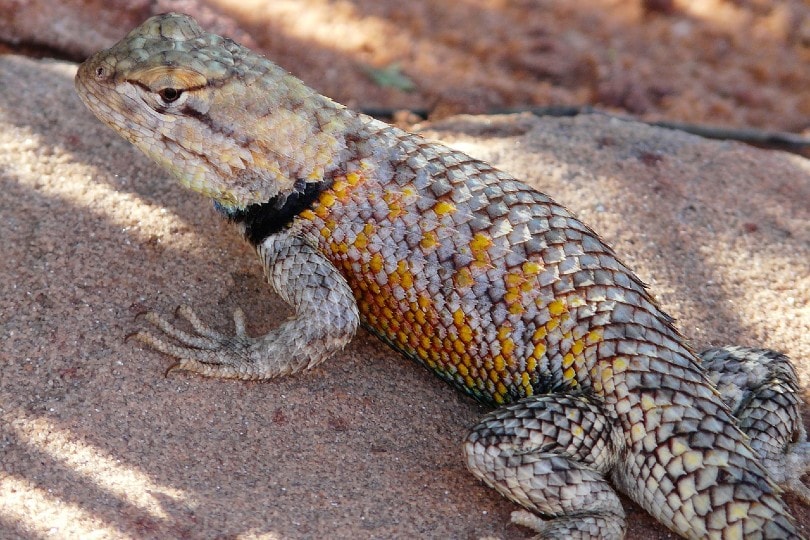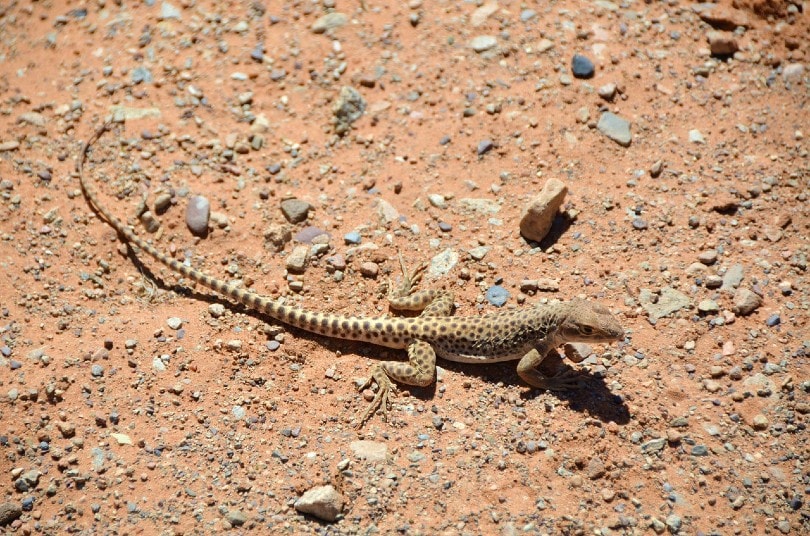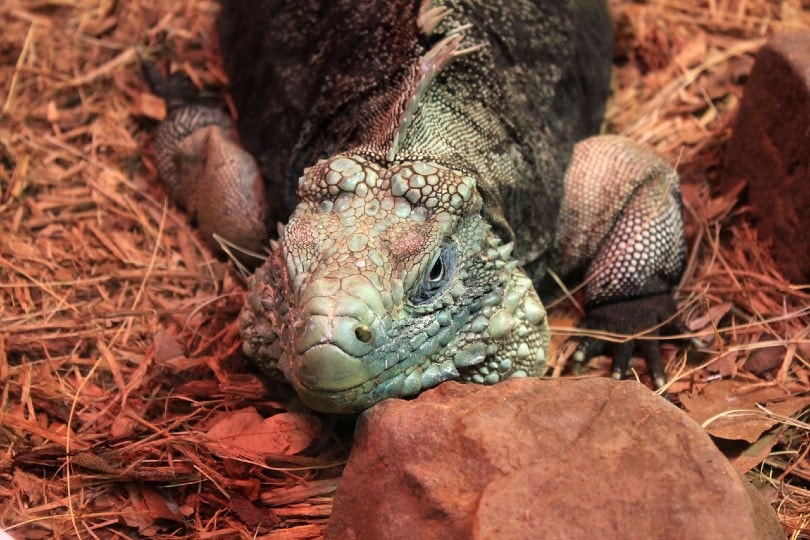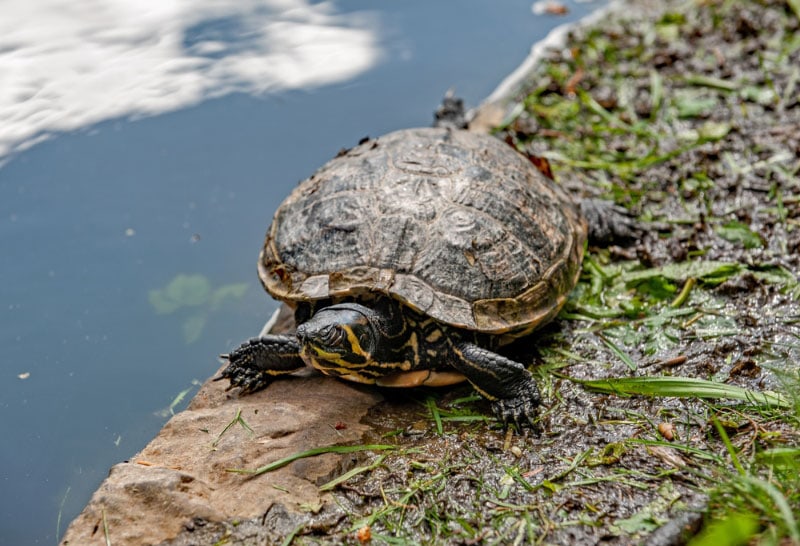The green iguana, also known as the common iguana, is often kept as a pet. It can reach a length of 5 feet and weigh as much as 17–20 pounds. Green iguanas are social reptiles that spend time in groups.
Where did these lizards come from? We’ll discuss their habitats, where they live, and where they originated. In general, iguanas are native to rainforests of Central and South America.

The Iguana’s Natural Habitat
Iguanas are native to areas with lush rainforests. Their range covers southern Mexico to central Brazil, the Dominican Republic, Paraguay, Bolivia, and the Caribbean. Because they are cold-blooded, they prefer warm temperatures. They can’t regulate their body temperatures, and keeping this lizard as a pet requires a heat source in their enclosure. Iguanas are also common in Puerto Rico, but they are considered an invasive species there.
Iguanas spend their days in the trees of the rainforests in their native lands, usually near water. They prefer tropical climates, rarely coming out of the trees except to mate, lay eggs, or change location. They are mainly herbivorous and eat insects, fruit, leaves, plants, and flowers. They are opportunistic, though, and will eat whatever they can find.

Are Iguanas Native to Florida?
Iguanas are familiar sights in the Sunshine State but not native to Florida. They likely arrived as stowaways on ships carrying fruit from South America. They enjoy the tropical climate of Florida and have adapted well to living there.
Iguanas are also captured and sold through the pet trade. This has led to an increase in iguanas in the wild, as people frequently release them when they realize how demanding they are to care for. They are considered to be an invasive species in Florida, and their overpopulation is causing problems in urban areas.
Iguanas dig burrows up to 6 feet underground to lay their eggs. They can dig under the foundations of buildings, causing soil erosion, collapse, and other damage. Iguanas are excellent climbers and can damage roofs. They are also proficient swimmers, so they can crawl through sewer systems and emerge in residential toilets.
Where Do Iguanas Live In the United States?
Iguanas are considered invasive in Florida, Texas, and Hawaii. Human intervention brought them to the United States. As more people purchase iguanas as pets and release them into the wild, their populations in these states will grow.

Unwanted Pets
If you have an iguana you can no longer care for, you should not release it into the wild. They can’t survive in cold weather or fend for themselves in unfamiliar territory. The Florida Fish and Wildlife Conservation Commission (FWC)’s Exotic Pet Amnesty Program will enable you to surrender your exotic pet with no questions asked. These pets can then be adopted by new owners who have been screened and approved to own them.
Discouraging Iguanas on Your Property
If you live in an area with wild iguanas, you may want to discourage them from entering your property. Try these methods to prevent iguanas from using your home as their favorite hangout:
- Remove plants that they like to eat.
- Fill in all holes on your property to stop them from burrowing.
- Hang wind chimes or other noisy items.
- Hang CDs with reflective surfaces.
- Spray any iguanas you see with water.

Conclusion
Iguanas are native to areas with tropical rainforests. They were introduced to the United States and are commonly kept as pets by reptile enthusiasts. In the wild in the United States, they are considered nuisance animals due to the destruction they cause by burrowing and eating vegetation.
If you have an iguana you can no longer care for, releasing it into the wild is strongly discouraged. In many areas, it is also illegal. Contact the FWC’s Exotic Pet Amnesty Program for information on how to legally and safely surrender your iguana.
See also:
Featured Image Credit: Yinan Chen, Pixabay










